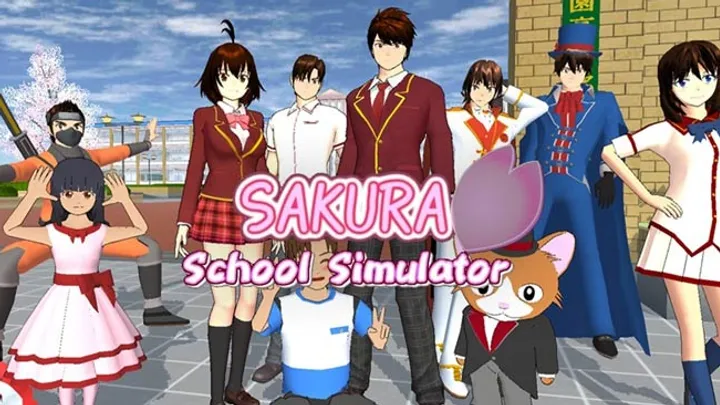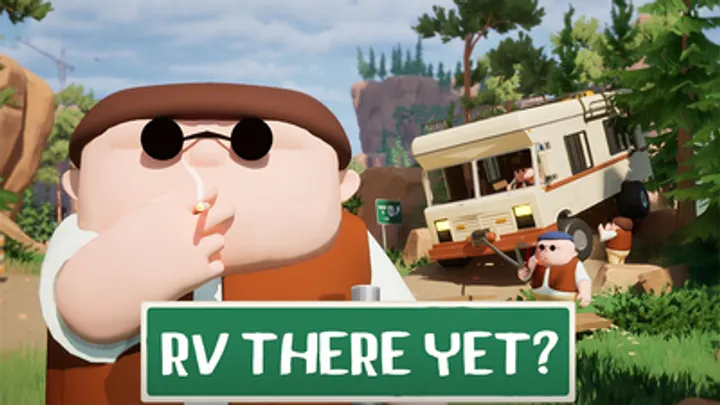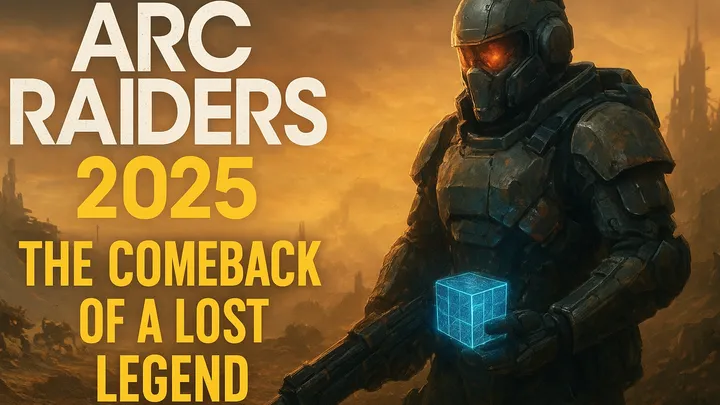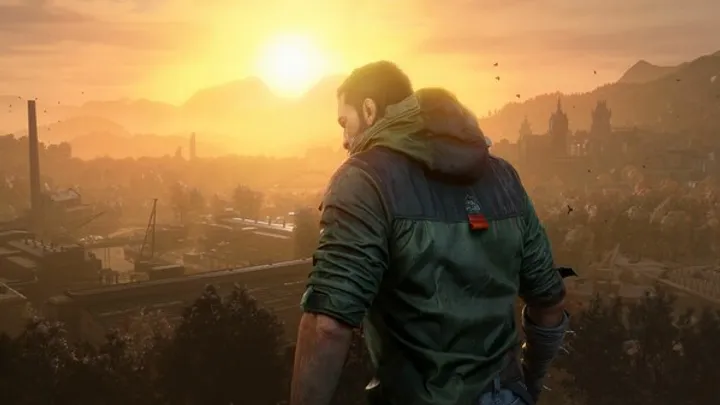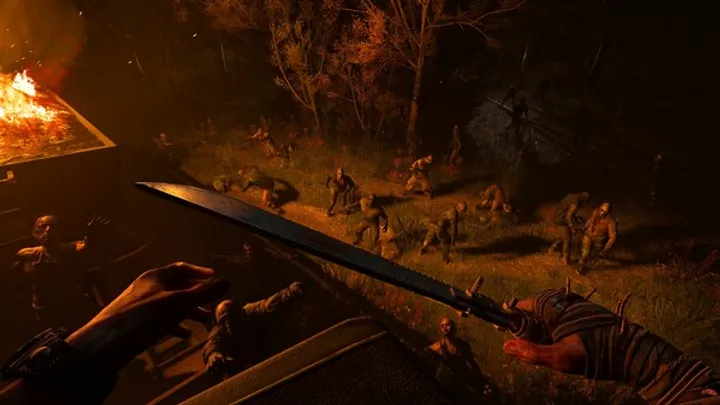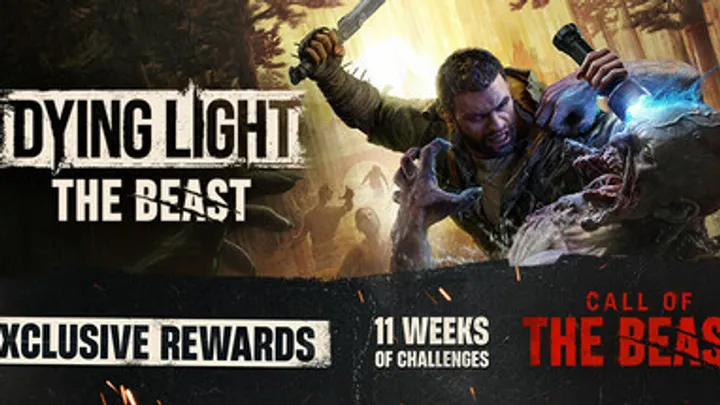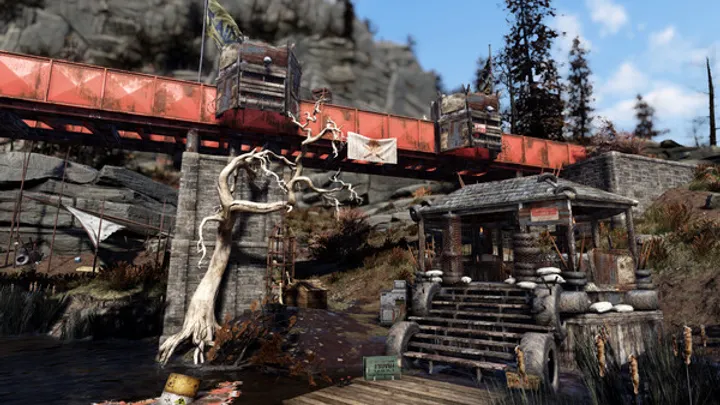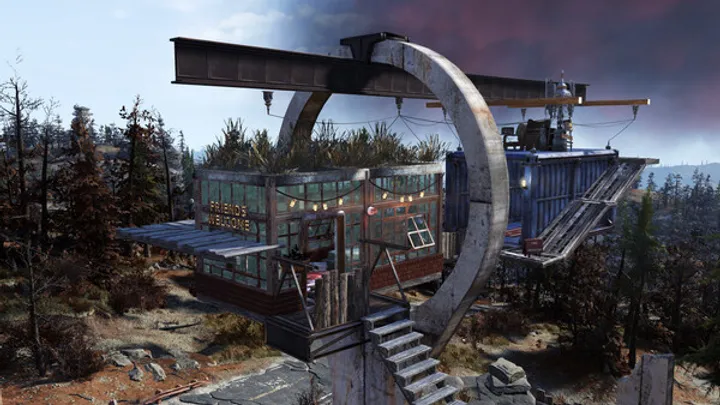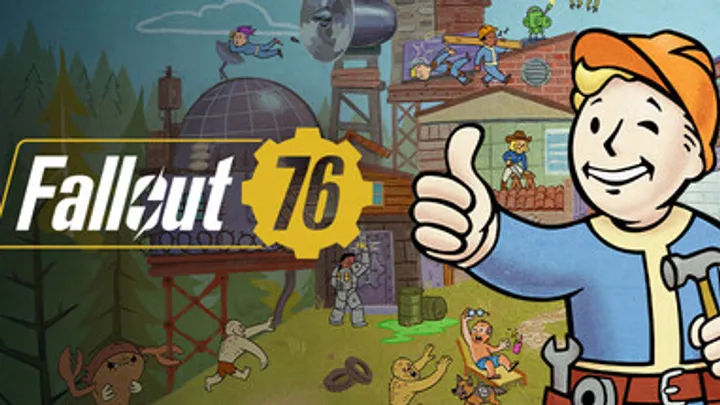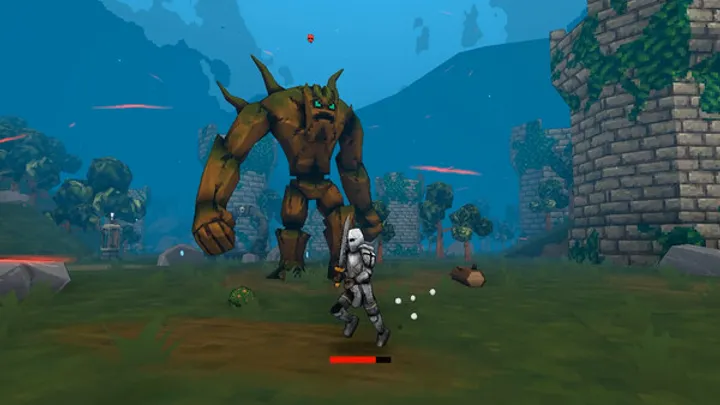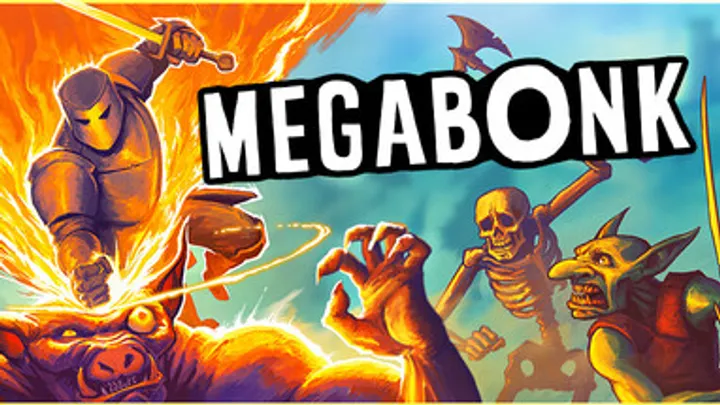The release of ARC Raiders was once one of the most exciting moments in the multiplayer sci-fi scene. With its beautiful aesthetic, deep lore, and promise of cooperative combat against robotic invaders, it had everything needed to become a hit. Yet, beneath the spectacle and artistic vision lies a specific problem that continues to haunt both players and developers: the fractured identity of its gameplay design. What was supposed to be a clear blend of extraction survival and cooperative shooter has become a confused experience torn between genres. This article explores that core issue — how ARC Raiders’ hybrid design led to its mechanical imbalance, community divide, and loss of long-term engagement.
The Beginning: A Promise of Rebellion
When ARC Raiders was first announced by Embark Studios, it looked like the future of multiplayer gaming. The cinematic trailers showcased breathtaking environments and seamless third-person action where players fought towering ARC machines from outer space. Early communication promised a cooperative PvE shooter emphasizing teamwork, scavenging, and survival. It wasn’t just another shooter; it was a rebellion against formulaic design.
Players expected a spiritual successor to games like Destiny or Warframe, but with a grounded, physics-driven world. This original identity — resistance fighters scavenging against impossible odds — resonated deeply. However, as development progressed, that initial clarity began to blur.
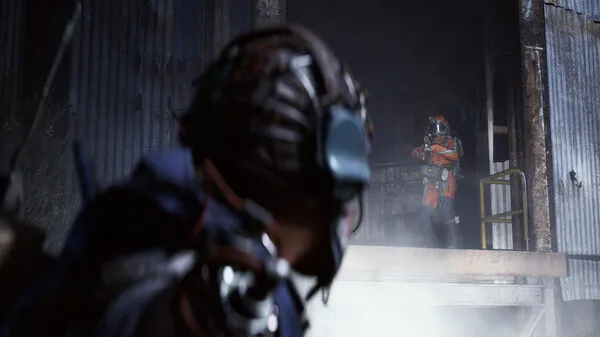
The Shift: From PvE Hope to PvPvE Confusion
Embark later announced a major shift in direction: ARC Raiders would move from pure PvE to a PvPvE extraction shooter. That change marked the start of the game’s core issue. The idea was to combine survival tension, looting mechanics, and player competition into a single system, but the shift fractured the design philosophy.
For many, this pivot represented a loss of what made the game special. The original emotional fantasy — humans versus machines — became tangled in a struggle for resources against other players. Instead of immersive resistance warfare, the game turned into a loot chase. This transformation confused the audience, split the fanbase, and even affected the flow of gameplay systems built for cooperation, not competition.
Mechanics in Conflict
The dual identity of ARC Raiders manifests most clearly in its mechanics. On one hand, it pushes players toward teamwork, resource gathering, and crafting. On the other, it encourages ambushes, aggression, and selfish play. The result is mechanical dissonance: players are forced to choose between fighting the environment or fighting each other, breaking the rhythm of play.
Core systems like stamina management, weapon durability, and loot scarcity feel tailored for tension against environmental AI. Yet, when human opponents enter the mix, these mechanics punish engagement rather than reward skill. The combat pacing feels too slow for PvP yet too chaotic for methodical PvE. This imbalance undermines the careful design of its world and movement systems.
Environmental Brilliance, Systemic Chaos
Despite its design conflict, ARC Raiders remains visually stunning. Its environments are sprawling, melancholic remnants of a post-collapse Earth — overgrown factories, rusted satellites, and glowing ruins. The world tells a story even when the game systems don’t.
However, this beauty creates another issue: the environmental scale doesn’t always match the rhythm of its gameplay loops. Traversing massive areas feels immersive during exploration but tedious during high-stakes extraction runs. The large-scale design amplifies the emptiness between encounters, making the world feel more like a beautiful museum than a living battlefield. It’s a classic case of worldbuilding exceeding gameplay structure — a triumph of art direction over player flow.
The AI Dilemma
The robotic ARC enemies are perhaps the most striking element of the game — both visually and mechanically. They behave unpredictably, using squad-like tactics, aerial assaults, and suppression fire. However, the game’s reliance on both AI and player opponents leads to serious balance inconsistencies.
The AI is tuned to challenge coordinated squads, but when random human enemies interrupt fights, that dynamic collapses. Players often exploit AI behavior to bait enemies into mutual destruction or third-party ambushes. Instead of cooperative moments of survival, the battlefield devolves into opportunism. The AI, meant to be the soul of ARC Raiders, becomes a background nuisance rather than a central threat.
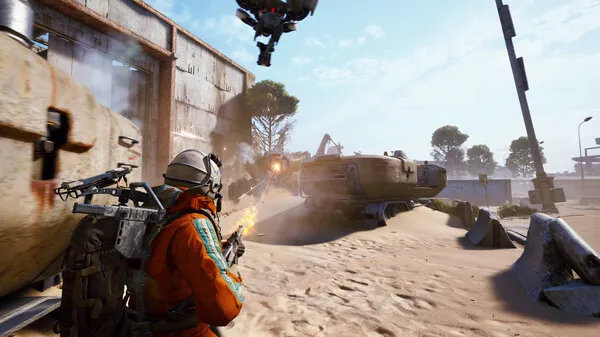
Loot and Progression: The Unrewarding Loop
One of the most discussed frustrations among players is the loot and progression system. The extraction model requires collecting resources, crafting gear, and risking it all each mission. While tension is vital to roguelite shooters, ARC Raiders’ economy feels inconsistent.
Crafting costs are too steep compared to the frequency of loss. Players who die repeatedly face long grinds to rebuild gear, discouraging experimentation. Moreover, weapon diversity is limited — not in style but in utility. Many weapons feel redundant or underpowered, creating a meta where only a few viable builds dominate. This stagnation harms replayability, especially in a game meant to thrive on emergent chaos.
Community Reactions and the Split Identity
The community’s reaction to ARC Raiders has been divided from the start. On one side are players who embrace the extraction genre’s high-risk intensity. On the other, those who mourn the loss of the original cooperative vision. Forums and Discord channels often reflect this conflict, with discussions torn between requests for PvE content and demands for PvP balance fixes.
This split in player identity mirrors the game’s design confusion. Embark Studios finds itself trying to serve two masters: the strategic survivalists and the competitive looters. Updates often cater to one group at the expense of the other, deepening frustration. The irony is that ARC Raiders’ greatest strength — its ambition to blend genres — is also its undoing.
Technical Excellence and Performance Challenges
Technically, ARC Raiders demonstrates Embark’s deep understanding of Unreal Engine and physics simulation. The destruction effects, particle systems, and lighting are top-tier. Yet, this same complexity introduces major performance hurdles. Players on mid-range hardware report inconsistent frame rates, especially during large-scale firefights involving multiple AI and human factions.
Network stability also remains an ongoing concern. Desynchronization, lag spikes, and inconsistent hit registration can turn an intense firefight into frustration. For a game so dependent on precision and timing, even minor instability destroys immersion. Embark’s post-launch patches have improved some of these issues, but the underlying engine demands still push system resources to their limits.
Design Lessons and Missed Opportunities
At its heart, ARC Raiders is a lesson in design focus. The developers had an extraordinary vision — a human struggle against machine oppression framed through breathtaking artistry. But by diluting that vision with competitive elements, they weakened its emotional and mechanical core.
The tragedy isn’t that ARC Raiders failed; it’s that it came so close to greatness. Had Embark maintained its PvE cooperative roots, it could have stood alongside Helldivers 2 or Remnant 2 as a defining team-based experience. Instead, the shift to extraction play made it feel like another contender in an already crowded market.
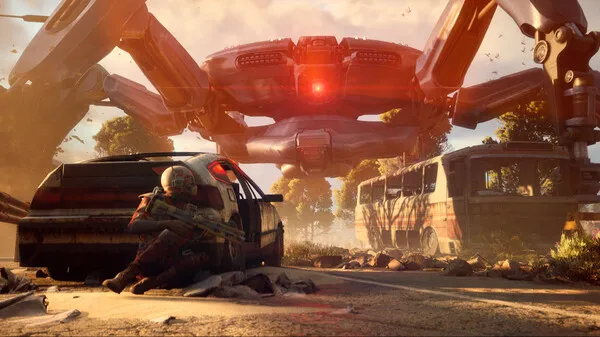
The Future: Can ARC Raiders Redeem Itself?
Despite all its issues, ARC Raiders still has potential. The studio continues to release patches, balance tweaks, and content updates. A full PvE-focused mode or story campaign could reignite interest and realign the game with its original promise. The key lies in embracing identity — understanding what makes ARC Raiders distinct, not trying to please every audience simultaneously.
There’s room for redemption. The game already has strong bones: world design, physics-driven combat, and a visual identity unlike any other. What it needs now is focus — a unified vision that redefines the experience not through genre trends, but through purpose.
Conclusion
ARC Raiders is a fascinating paradox — a game that looks revolutionary yet struggles to understand itself. Beneath the surface lies a powerful message about the dangers of creative compromise. Its attempt to merge cooperation and competition produced an identity crisis that fractured its community and disrupted its core gameplay loop. Yet, in its imperfection, it remains a bold experiment — one that may still evolve into something truly remarkable if guided by clarity and conviction.
The future of ARC Raiders depends not on new features, but on rediscovering what made its earliest promise so electrifying: humanity’s desperate fight for survival against overwhelming odds.
